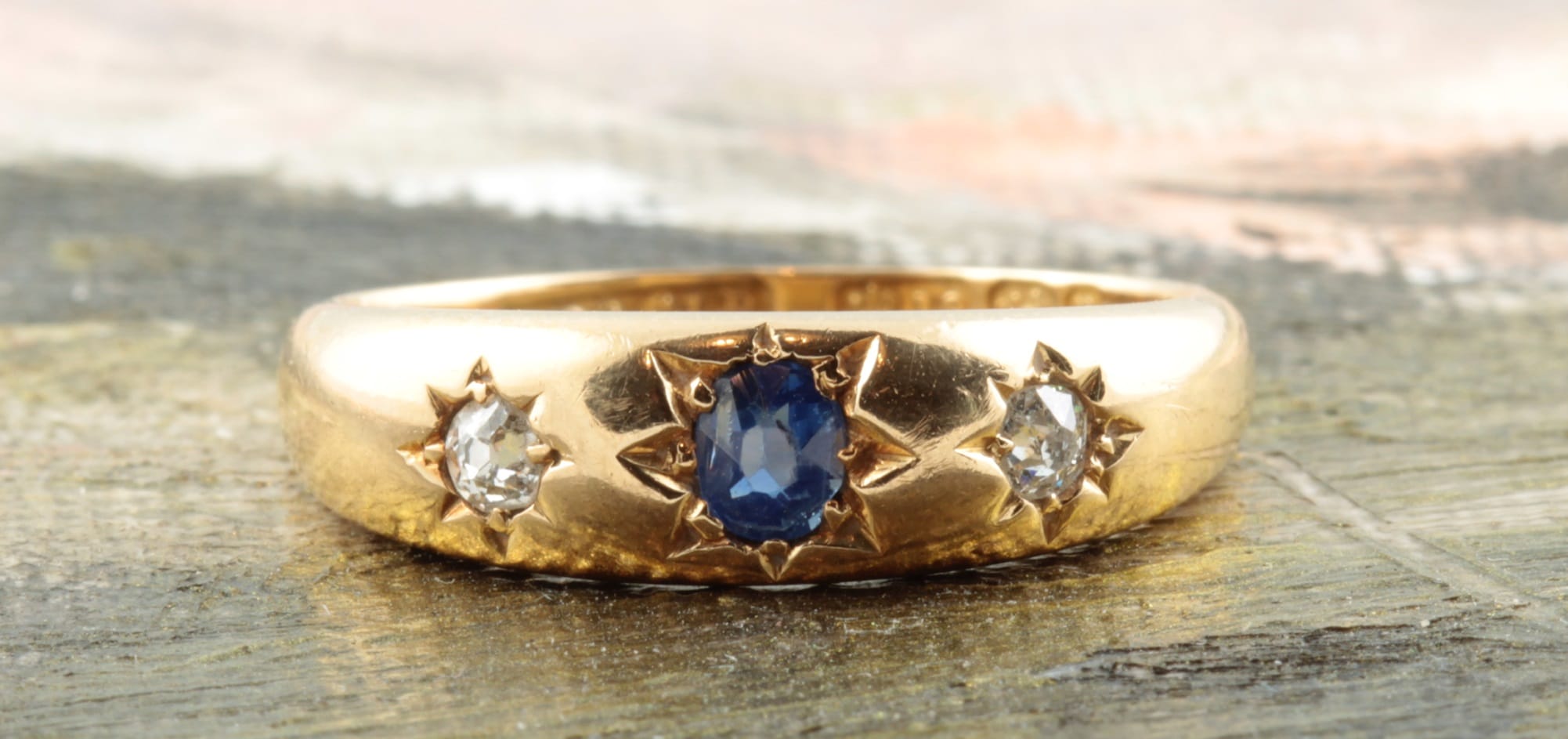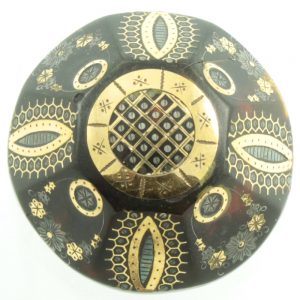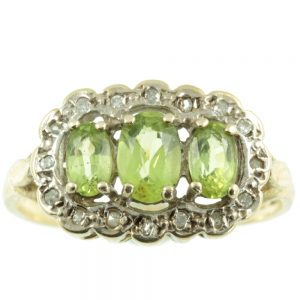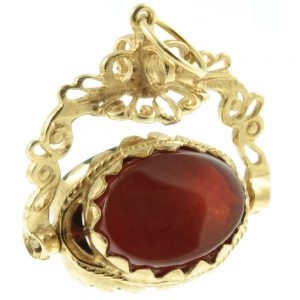Victorian Jewellery
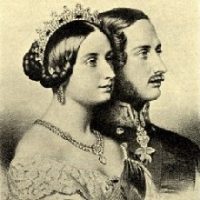 The Victorian Jewellery period began on the 20th of June 1837, when Princess Victoria became Queen at the age of 18. She reigned as Queen of Great Britain for 64 years and seven months, until her death on the 22nd of January 1901. The latter part of the Victorian era coincides with the Belle Epoque era ( meaning beautiful era ) of mainland Europe and the Gilded Age of the United States. This was a period of prolonged peace and prosperity, with the standard of living increasing greatly. This lead to an increase in demand for luxury goods, such as jewellery which were now being mass-produced as part of the industrial revolution. This demand was further fueled by Queen Victoria`s love of jewellery. She not only wore it but designed it and gave it as gifts throughout the British Empire. Although the Victorian Jewellery period spanned 64 years, it is divided into three sections, early, mid and late Victorian.
The Victorian Jewellery period began on the 20th of June 1837, when Princess Victoria became Queen at the age of 18. She reigned as Queen of Great Britain for 64 years and seven months, until her death on the 22nd of January 1901. The latter part of the Victorian era coincides with the Belle Epoque era ( meaning beautiful era ) of mainland Europe and the Gilded Age of the United States. This was a period of prolonged peace and prosperity, with the standard of living increasing greatly. This lead to an increase in demand for luxury goods, such as jewellery which were now being mass-produced as part of the industrial revolution. This demand was further fueled by Queen Victoria`s love of jewellery. She not only wore it but designed it and gave it as gifts throughout the British Empire. Although the Victorian Jewellery period spanned 64 years, it is divided into three sections, early, mid and late Victorian.
Victorian Jewellery Trends
Early Victorian Jewellery 1837 to 1861: The early Victorian period also called the romantic period. Reflected the great romance between Queen Victoria and Prince Albert. The Queen`s jewellery was dominated by symbols of love and romance. With floral motifs of roses, pansies, daisies and forget-me-nots. Even the Queen`s engagement ring from Prince Albert was of a snake with its tail in its mouth, which was a symbol of eternal love. This theme of nature and love was very popular during the early Victorian period. Jewellery which contained a secret compartment, normally brooches or rings. Where also very popular and had a token of a loved one placed inside. Although the ultimate token of love in the Victorian period was acrostic jewels. Acrostic jewels would spell out a hidden message, using the first letter of each gemstone. For example, a ring could spell “Dearest” by using the gemstones, Diamond, Emerald, Amethyst, Ruby, Emerald, Sapphire and Turquoise in a row.
Mid-Victorian Jewellery 1861 to 1880: The mid-Victorian period which was also called the grand period was from 1861 to 1880. The start of this period was marked by the death of Prince Albert. Which led Queen Victoria into a state of mourning which lasted for decades. This had a major effect on Victorian jewellery trends, with the introduction of dark and sombre colours. Jewellery made from jet, which is fossilized wood became popular. As did bog oak, black onyx and black enamel. This more somber period in England, coincided with the start of the civil war in America. Another major trend from this time was cameos. Which were typically made by an Italian carver and brought back as a gift. By wealthy people who travel Europe, on what was called the grand tour. While originally these cameos were commissioned portraits of a loved one. Demand rose steadily and carvers began to introduce portraits of the anonymous woman. These cameos were typically made from shell or lava, but with the invention of celluloid in 1868. Cameos started to be mass produced, especially from 1875 onwards. This period is considered to be when cameos were at their peak.
Late Victorian Jewellery 1880 to 1901: The late Victorian period, also called the aesthetic period. Saw Victorian jewellery designs becoming more simple and feminine. They tended to be lighter and smaller, when compared to heavier earlier examples. Stud earrings and diamond hairpins became very popular, as did choker necklaces and pearls. Which were made fashionable by Princess Alexandra, Queen Victoria`s daughter-in-law. During this period the manufacturing of jewellery moved more from handcrafted to more mass production. This lead to cheaper jewellery being more widely available. Which was in great demand from a prosperous middle class. It was at this time that such items as machine-made curb bracelets first appeared on the market. Some of the most popular gems of this period were sapphires, diamonds, spinels and peridots. Designs of dragons, crescent moons and stars were also quite popular. This was also the decade which saw platinum begin to be used in jewellery.
Victorian Fashion

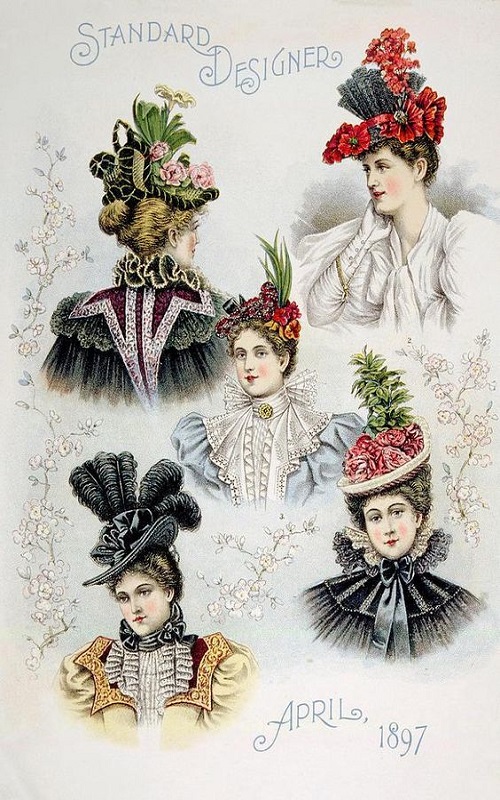

How To Date Victorian Jewellery
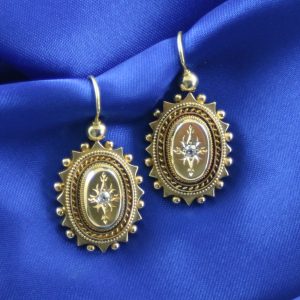 Quite a lot of Victorian jewellery has survived, due to mass production in this era. This would include a large portion of costume pieces, which were very popular. Outlined below are guidelines to help you date Victorian jewellery.
Quite a lot of Victorian jewellery has survived, due to mass production in this era. This would include a large portion of costume pieces, which were very popular. Outlined below are guidelines to help you date Victorian jewellery.
Metal: Prior to 1854 the term “gold” was taken to mean 18K – 22K. In 1854 a new English law required that jewellers mark their pieces to show the gold content. It is after this law that we start to see 9K, 12K and 15K begin to be used. From 1880 onwards we also see platinum beginning to be used in Victorian jewellery due to advances in technology, before 1880 very little platinum was used. Another important year in this period was 1840. Which saw the invention of silver plating. This combined with advances in mass production, allowed huge quantities of jewellery to be produced at a low cost.
Gemstones: Like in the Georgian period, table cut or rose cut stones were the most popular. These types of cuts were commonplace right up to the mid-Victorian era. After that, we begin to see more highly faceted stones, containing 58 or more facets. From 1840 onwards highly refractive glass became available in Europe. The use of refractive glass in place of gems from then on was common. Which does not detract from the value of these Victorian items, due to the level of craftsmanship which went into each piece. To determine if an item contains a gemstone or glass. Look at the item through a jewellers loupe, if bubbles are seen then it is glass.
Findings: Findings are the pre-made items which a jeweller will buy to use in making jewellery. These labour saving items were commonly used and are an accurate way to date. In the case of a brooch, if the pin extends beyond the brooch. It would normally be from the mid to late Victorian era. The safety pin was invented in 1849, which was followed by the trombone clasp in 1850. In 1894 screw back earrings were invented. Up to this point, it was normally fish hook style wire used. The spring bolt clasp was first used in 1840. This was then followed by the spring ring clasp in 1900.
Illustrated below are some of the important dates of Victorian Jewellery.

C Clasp / Extended Pin.
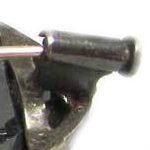
Trombone Clasp 1850.
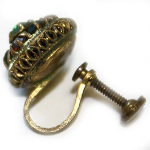
Screw back earrings 1894.
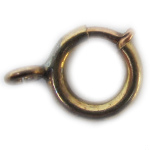
Spring bolt 1840.

Hinged earring wire 1800s
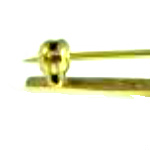
Safety pin catch 1885

Cultured pearls 1893

Threaded post earrings 1880
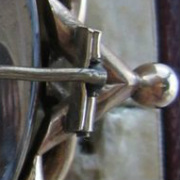
Tube hinge circa 1800s
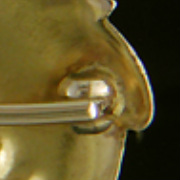
Ball hinge 1890
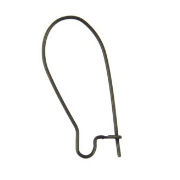
Kidney-wire Earrings 1870
You can also get in touch with Carusjewellery.com on Facebook , were you may leave any comments or questions you may have about this article.

